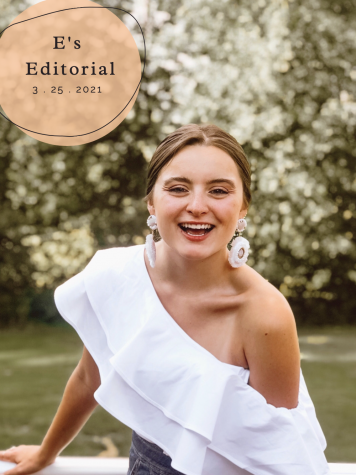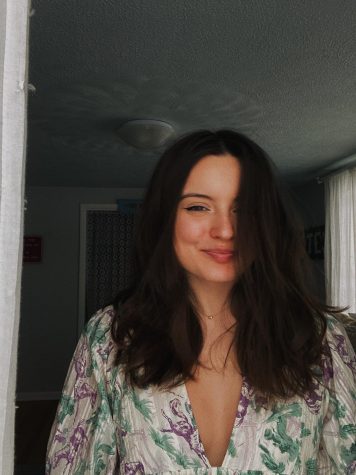What it’s like to be a woman
Mar 25, 2021

Women’s History Month is supposed to be the one month out of the year where the world celebrates women for their social, economic, cultural, political and personal achievements. The thing is, this month hasn’t been all celebrations. Instead, it has been full of self reflection on how it really feels to be a woman.
This month, I learned about the horrific death of 33-year-old Sarah Everard in London. The news of her kidnapping and death in a place I once lived sends shivers down my spine every time I hear her name. She was walking home from her friend’s home. She called her boyfriend on her 45-minute stroll home. I did that leisurely evening walk home through London several times myself.
Her death reminds me why I hold my keys between my knuckles when I get out of my car. It reminds me no matter how courageous, confident and proud I am, being a woman who is trying to get home can be scary — deadly in Sarah’s case.
This month, I was also reminded of the gender disparity in the workplace. I am applying for jobs post-graduation, which includes frequently researching current employees to gauge company culture. If I had a penny for every company that had zero women on their current team, I’d take myself out for a steak dinner.
Despite women being 50.8% of the population, earning over 57% of undergraduate degrees and accounting for 47%of the U.S. labor force, women still lag behind men in terms of representation and leadership in the workplace. This man-versus-woman narrative that society perpetuates is still far from the truth.
According to American Progress, regardless of education or experience, women still take a back seat. Only 32% of full-time professors are women, 22.7% are partners at legal firms and they account for 12.5% of chief financial officers in Fortune 500 companies.
After this devastating month, I thought to myself, “How the hell can we drop the invisible curtain that has taken away women’s safety, professional opportunities and leadership advances?”
It is hard being a woman. It often feels like a double-edged sword where there is no right way to be a woman. Girls. Girls. Girls. Magazine’s rendition of writer Camille Rainville’s “Be A Lady They Said” is a perfect representation of the discrimination women face on a daily basis. Cynthia Nixon narrates the many ways women are expected to act, look, feel and speak, but are still not good enough.
Some of the most profound lines include: Don’t be so emotional. Don’t be intimidating. Don’t be so bossy. Look natural. Be yourself. Be genuine. Be confident. You’re trying too hard. You look overdone. Men don’t like girls who try too hard. Take his last name. You took his last name? Don’t go out too much. Don’t go out at night. Don’t trust anyone. Just be a lady, they said.
But so what? How can I actively pivot the narrative that women must be this or must do that?

While there is no perfect course of action, there are many places to start. For example, I can take action when it comes to the imbalance of treatment, opportunity and safety women experience by supporting organizations that elevate women, such as:
- Women Who Code
- National Association of Women Business Owners
- Women’s Global Empowerment Fund
- Center for Reproductive Rights
- School Girls Unite
- Time’s Up Now
- AnitaB.org
- Dress for Success
- Madre
I also strive to actively think about the unrealistic expectations of women and how they intersect with additional sectors of oppression. According to Rakhi Ruparelia, the BIPOC community, especially Indigenous women, experience far higher levels of violence and hate than white women. While I contribute to ensuring that women feel safer, more heard and respected, I must remember that different women are impacted in in different ways.












